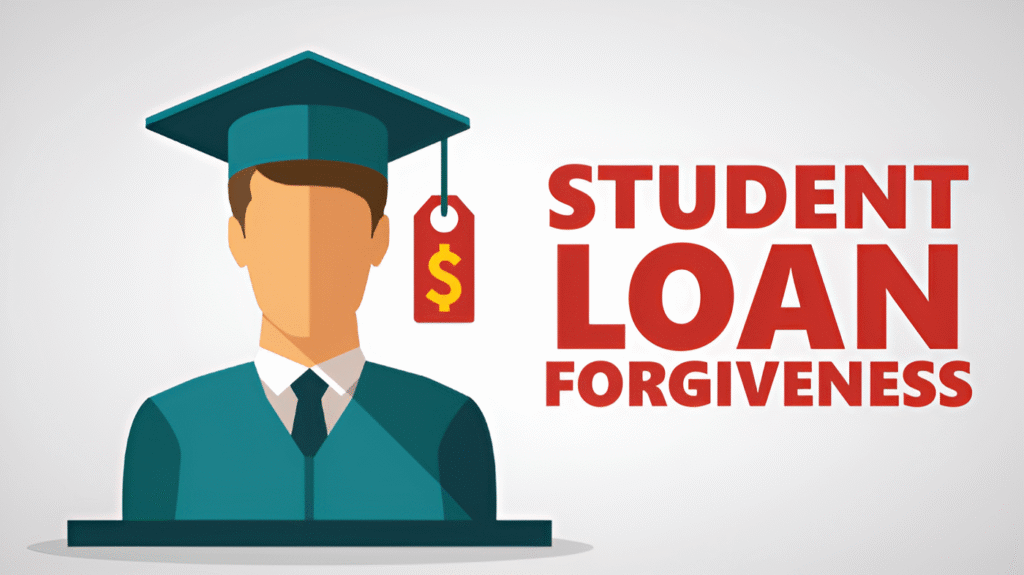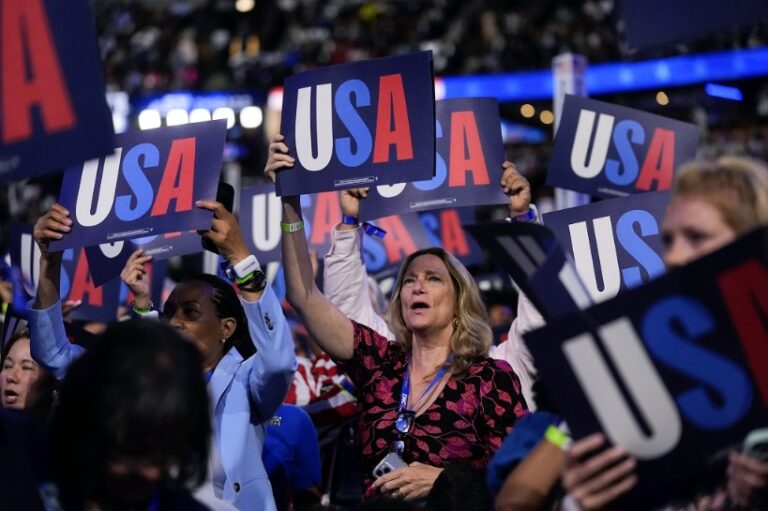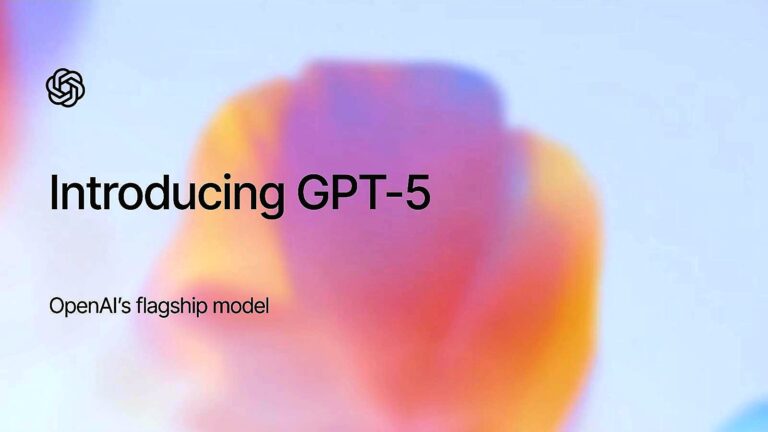The Student Loan Forgiveness Policy has gone through major changes in 2025, and it’s already affecting millions of borrowers across the United States. After years of pandemic-related pauses, student loan payments officially resumed. The 12-month grace period also ended in May 2025, and now, borrowers in default are facing wage garnishments and tax refund seizures again.
More than 5.3 million Americans are currently in default. For them, the end of the pause isn’t just a financial inconvenience — it’s a serious crisis.
PSLF Restrictions and Legal Challenges
One of the biggest updates to the Student Loan Forgiveness Policy comes from the Trump administration’s “One Big Beautiful Bill.” This new proposal introduces stricter rules for the Public Service Loan Forgiveness (PSLF) program.

Now, employees of certain nonprofit organizations could lose eligibility for forgiveness if their workplace is connected to what the government defines as a “substantial illegal purpose.” The vague language has created anxiety among thousands of professionals in education, healthcare, and social work.
SAVE Plan Blocked, IDR Plans Reopened
Another major update: the SAVE repayment plan, introduced to offer more flexible repayment options, has been blocked by a federal appeals court. Borrowers now have to turn to older Income-Driven Repayment (IDR) options, which often offer less favorable terms.
Meanwhile, the U.S. Department of Education has reopened applications for existing IDR plans, but the transition has left many borrowers confused and uncertain about their future.
Forgiveness Under Biden Before Leaving Office
Before exiting office, the Biden administration approved over $188.8 billion in loan forgiveness for more than 5 million borrowers. This included adjustments for those misled by institutions and those under long-term repayment plans.
Despite this, Biden’s broader loan forgiveness proposal — which aimed to cancel $430 billion in student debt — was struck down by the Supreme Court in 2023.
Is Student Loan Forgiveness the Right Path?
Supporters argue that forgiving student loans is a lifeline for middle- and lower-income Americans. With rising college tuition and stagnant wages, many believe that debt forgiveness promotes fairness and boosts the economy by freeing up money for housing, healthcare, and consumer spending.
Critics, however, see it differently. They believe the Student Loan Forgiveness Policy unfairly benefits some at the expense of taxpayers and those who already paid their debts. They also argue it doesn’t address the root issue — the skyrocketing cost of college.
Final Thoughts
The 2025 changes to the Student Loan Forgiveness Policy mark a turning point in how the U.S. handles education debt. Whether you support or oppose forgiveness, one thing’s clear: the conversation around student loans is far from over — and it’s shaping the future of American education and financial policy.



